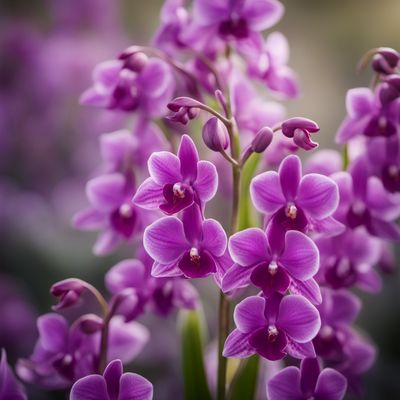
Ingredient
Topee tambu
The Exotic Delight: Topee Tambu
Topee tambu, also known as Chinese long beans or snake beans, is a type of legume that is characterized by its long, slender shape and vibrant green color. It has a crisp texture and a slightly sweet, nutty flavor. Its appearance and taste make it a versatile ingredient that can be used in a variety of dishes, from stir-fries to salads.
Origins and history
Topee tambu is native to Southeast Asia and is widely cultivated in countries like China, India, and Thailand. It has been a staple in Asian cuisines for centuries, with its origins dating back to ancient times. In addition to its culinary uses, topee tambu also holds cultural significance in many Asian countries, where it is often included in traditional dishes and festivals.
Nutritional information
Topee tambu is a low-calorie ingredient that is rich in dietary fiber, vitamins A and C, and minerals such as potassium and iron. It is also a good source of antioxidants, which help protect the body against oxidative stress and inflammation.
Allergens
There are no known allergens associated with topee tambu.
How to select
When selecting topee tambu, look for beans that are firm, crisp, and vibrant green in color. Avoid beans that are wilted, discolored, or have blemishes. The pods should be smooth and free from any signs of damage or mold. Additionally, choose beans that are of medium thickness, as very thin or thick beans may have a tougher texture.
Storage recommendations
To store topee tambu, place the unwashed beans in a perforated plastic bag or airtight container and store them in the refrigerator. They can be kept fresh for up to a week. Avoid washing the beans until you are ready to use them, as excess moisture can cause them to spoil more quickly.
How to produce
Topee tambu can be easily grown in a home garden or container. It requires a sunny location and well-drained soil. Sow the seeds directly into the soil or start them indoors and transplant them once the seedlings are established. Regular watering and occasional fertilization will help the plants thrive. Harvest the beans when they are young and tender for the best flavor and texture.
Preparation tips
Topee tambu can be stir-fried with garlic and soy sauce, added to curries and stews, or used in salads and vegetable side dishes. It can also be pickled or blanched and served as a crunchy snack. To prepare topee tambu, trim the ends and cut them into desired lengths. They can be cooked whole or sliced diagonally for a more elegant presentation.
Culinary uses
Topee tambu is commonly used in Asian cuisines, particularly in dishes from China, India, and Southeast Asia. It is a popular ingredient in stir-fries, curries, and salads. Its long, slender shape and vibrant green color make it visually appealing and add a unique texture to dishes.
Availability
Topee tambu is commonly available in Asian grocery stores and specialty markets. It can also be found in some supermarkets with a diverse produce section.

